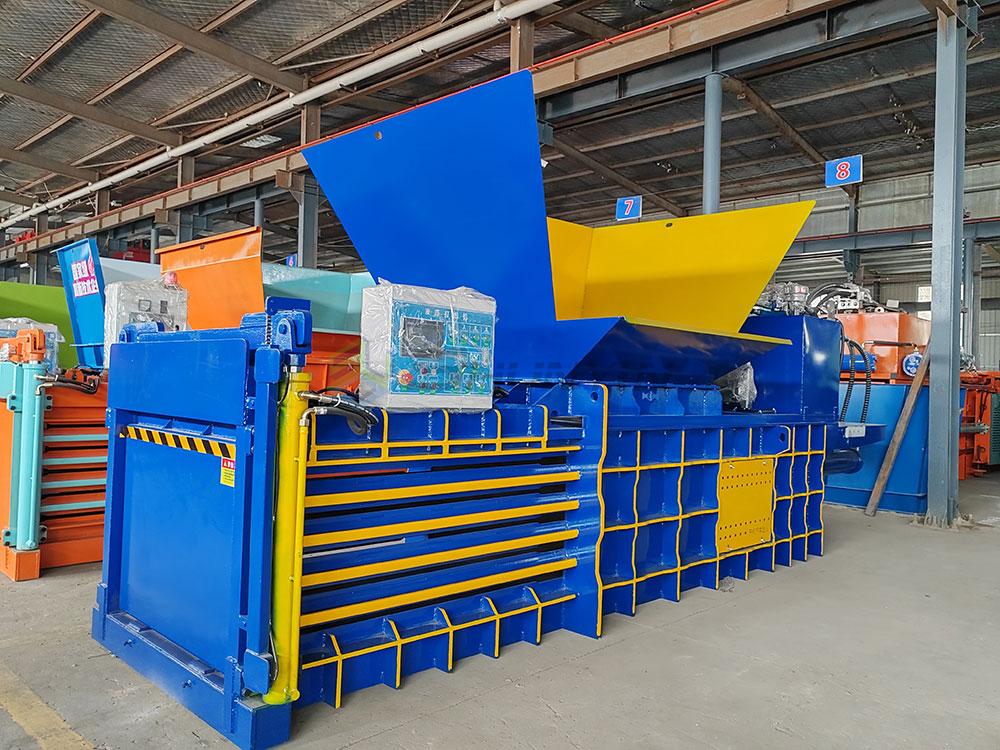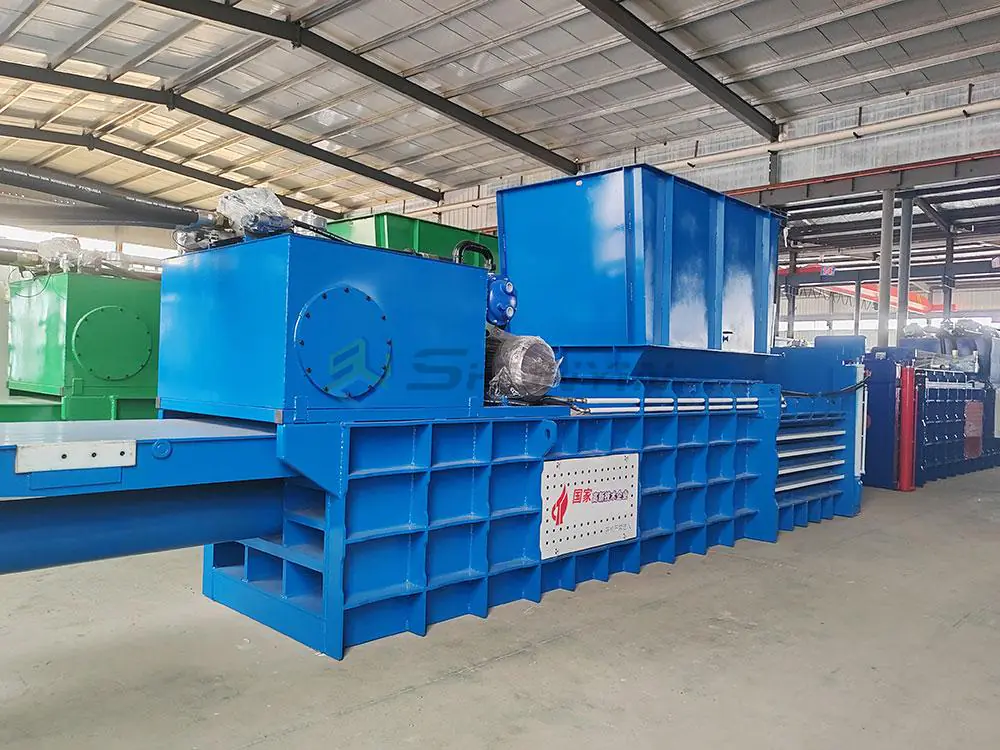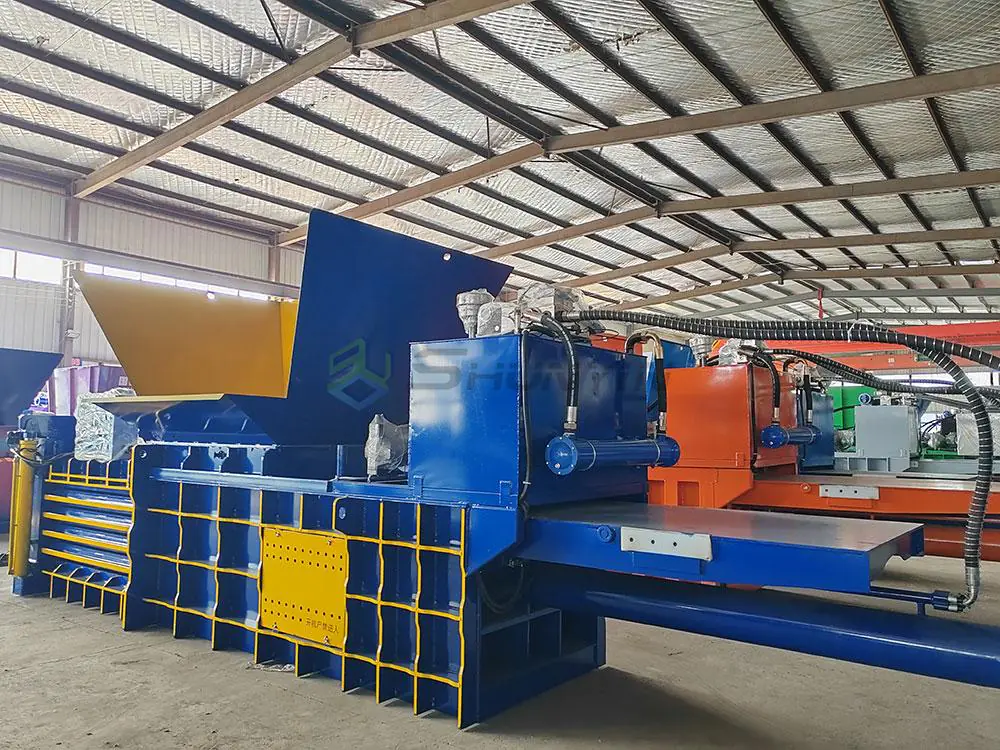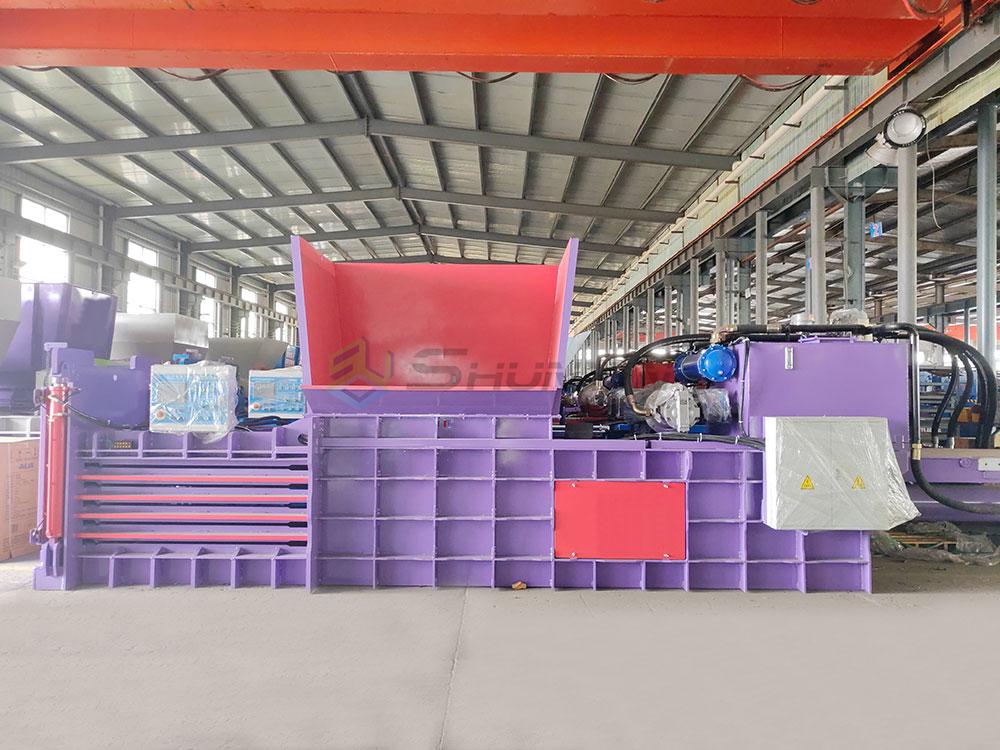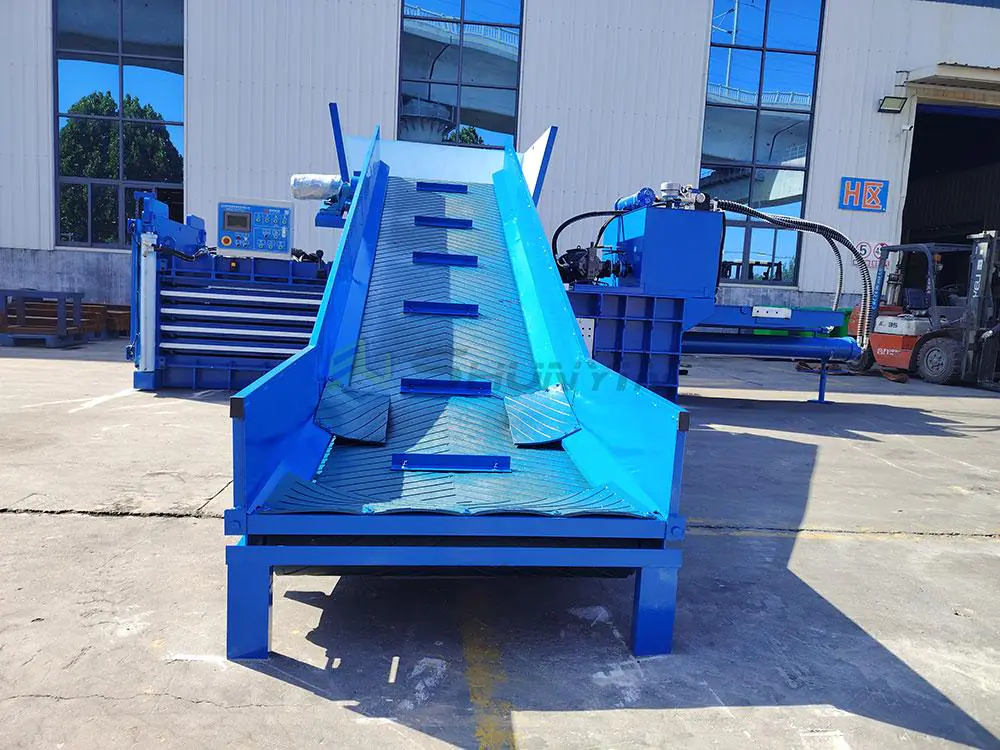Waste piles steal valuable warehouse space daily. Disorganized materials slow workflow constantly. Baler machines are industrial problem-solvers.
A baler machine compresses scrap materials into dense blocks using hydraulic pressure or mechanical force, reducing volume by 300-900% while creating transport-ready bales that boost recycling profits.

Understanding these machines unlocks smarter waste management1. Explore four critical differentiations below for better equipment selection.
What is the purpose of a baler machine?
Chaotic disposal increases expenses unnoticed. Overflowing containers violate safety regulations regularly. Balers impose order and profit.
Balers compress loose waste into standardized bales that increase storage efficiency, earn recycler premiums by 25-70%, reduce transport frequency by 80%, and prevent landfill fees through material recovery.
Industry-specific applications
Balers create value across sectors:
- Retail recycling
Compact cardboard directly behind supermarkets - Manufacturing scrap
Process metal shavings into salable briquettes - Agricultural waste
Bundle crop residues into feed pellets
| Performance Metrics | Before Baling | After Baling | Improvement |
|---|---|---|---|
| Warehouse Space Usage | 100% | 18% | 82% reduction |
| Weekly Truckloads | 17 | 3 | 80% reduction |
| Material Value/t | $85 | $210 | 147% increase |
Food packaging requires special handling. Our hygienic models feature easy-clean surfaces. Custom bale sizes needed? Get tailored solutions at this address: https://lemonchiffon-shark-638535.hostingersite.com/contact/
What is the difference between a bailer and a baler?
Spelling confusion causes equipment mismatch frequently. Improper purchases waste capital. Understand these critical distinctions clearly.
"Bailer" refers to a person/device removing water from vessels, while "baler" describes industrial machinery compressing solid waste – completely different functions despite similar spelling.

Industry terminology guide
Common misidentification scenarios:
- Marine industry context
Bailer = Emergency water scooper - Recycling industry context
Baler = Cardboard compression equipment - Manufacturing settings
Mixing terms causes dangerous confusion
Equipment attribute comparison
| Baler | Bailer | |
|---|---|---|
| Primary Function | Solid waste compaction | Liquid removal |
| Typical Materials | Cardboard, metal, plastic | Water only |
| Power Source | Hydraulic/electrical | Manual/mechanical |
| Average Cost | $12K-$220K | $15-$500 |
Avoid expensive specification errors. Download our glossary guide at this link: https://lemonchiffon-shark-638535.hostingersite.com/contact/
What is the difference between a baler machine and a compactor?
Compaction misapplication reduces efficiency silently. Wrong equipment selection delays ROI. Distinguish force strategies for best results.
Balers compress materials into tied blocks for transport, while compactors flatten trash into untagged loads for landfill – differing in output handling and recycling suitability.

Functional divergence
Three core differences:
- End product
Balers: Stackable bales with handles
Compactors: Amorphous trash pancakes - Material preservation
Balers maintain recyclable identity
Compactors contaminate streams - Revenue potential
Baled materials earn recycling premiums2
| Balers | Compactors | |
|---|---|---|
| Material Recovery% | 92% | 35% |
| Storage Efficiency | 9:1 reduction | 4:1 reduction |
| Landfill Diversion | High | Low |
Moist waste requires specific handling. Our dual-function models switch modes instantly. Need sorting assistance? Access waste stream templates: https://lemonchiffon-shark-638535.hostingersite.com/contact/
What type of equipment is a baler?
Misclassification hinders maintenance planning constantly. Improper servicing cuts lifespan. Categorize accurately.
Balers constitute heavy-duty recycling equipment featuring hydraulic systems (90% models) or mechanical mechanisms (legacy systems) requiring industrial power connections and safety certification.

Classification taxonomy
Balers in industrial hierarchy:
- By function:
Volume reduction machinery - By energy transfer:
Hydraulic power systems - By automation level:
Semi-auto to fully automated
| Classification Type | Examples | Facility Types |
|---|---|---|
| Vertical Balers | Stationary, manual-feed | Retail stores, small factories |
| Horizontal Balers | Conveyor-fed, automated | Distribution centers |
| Agricultural Balers | Mobile, PTO-driven | Farms, plantations |
Export compliance demands specific certifications. We provide CE and ISO documentation. International shipping questions? Get port clearance specifications: https://lemonchiffon-shark-638535.hostingersite.com/contact/
Conclusion
Balers transform disposal chaos into profitable order through precision compression, distinguishing themselves from compactors and bailers while serving as essential industrial recycling equipment.


